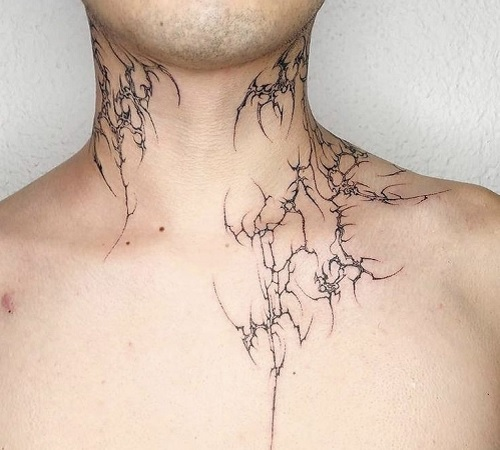Neck tattoos have become increasingly popular in recent years, with more and more people choosing to get inked on this highly visible part of their body. While neck tattoos can be a bold and striking statement, they also come with their own set of considerations and potential drawbacks.
One of the main benefits of a neck tattoo is its visibility. Unlike tattoos on other parts of the body that can be easily covered up, a neck tattoo is front and center for all to see. This can be a powerful way to express oneself and make a statement about one’s individuality and personality. Neck tattoos can also be particularly striking and eye-catching, drawing attention and making a strong visual impact.
However, with great visibility comes great responsibility. A neck tattoo is not easily concealed, which means that it can have implications for your professional and personal life. Some employers have strict policies against visible tattoos, and having a neck tattoo could potentially limit your job prospects or advancement opportunities. Additionally, some people may judge you based on your tattoos, which could affect your relationships or interactions with others.
Another consideration with neck tattoos is the pain and healing process. The skin on the neck is sensitive, and getting a tattoo in this area can be more painful than on other parts of the body. The healing process can also be more challenging, as the constant movement of the neck can make it more difficult for the tattoo to heal properly. It’s important to follow your tattoo artist’s aftercare instructions carefully to ensure that your neck tattoo heals correctly and looks its best.
Despite these potential drawbacks, many people still choose to get neck tattoos as a way to express themselves and create a unique and personal piece of art. If you are considering getting a neck tattoo, it’s important to think carefully about the design, placement, and potential implications of having a tattoo in such a visible area. Ultimately, the decision to get a neck tattoo is a personal one, and it’s important to weigh the pros and cons before making a permanent commitment to ink.
 innstyled Tattoo Ideas
innstyled Tattoo Ideas





















